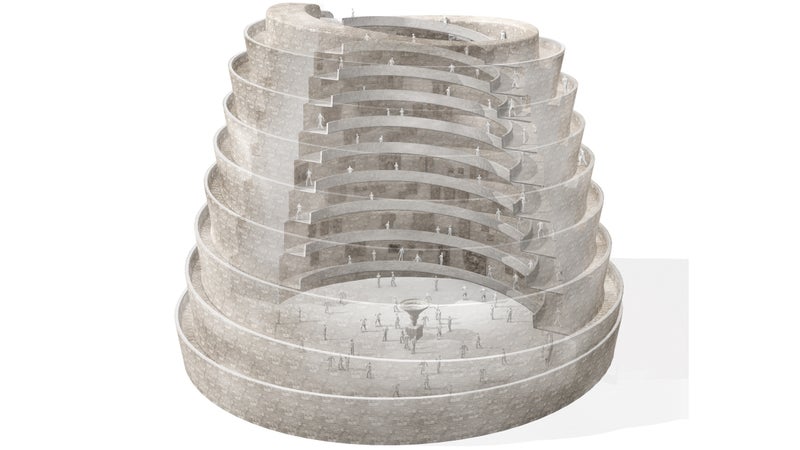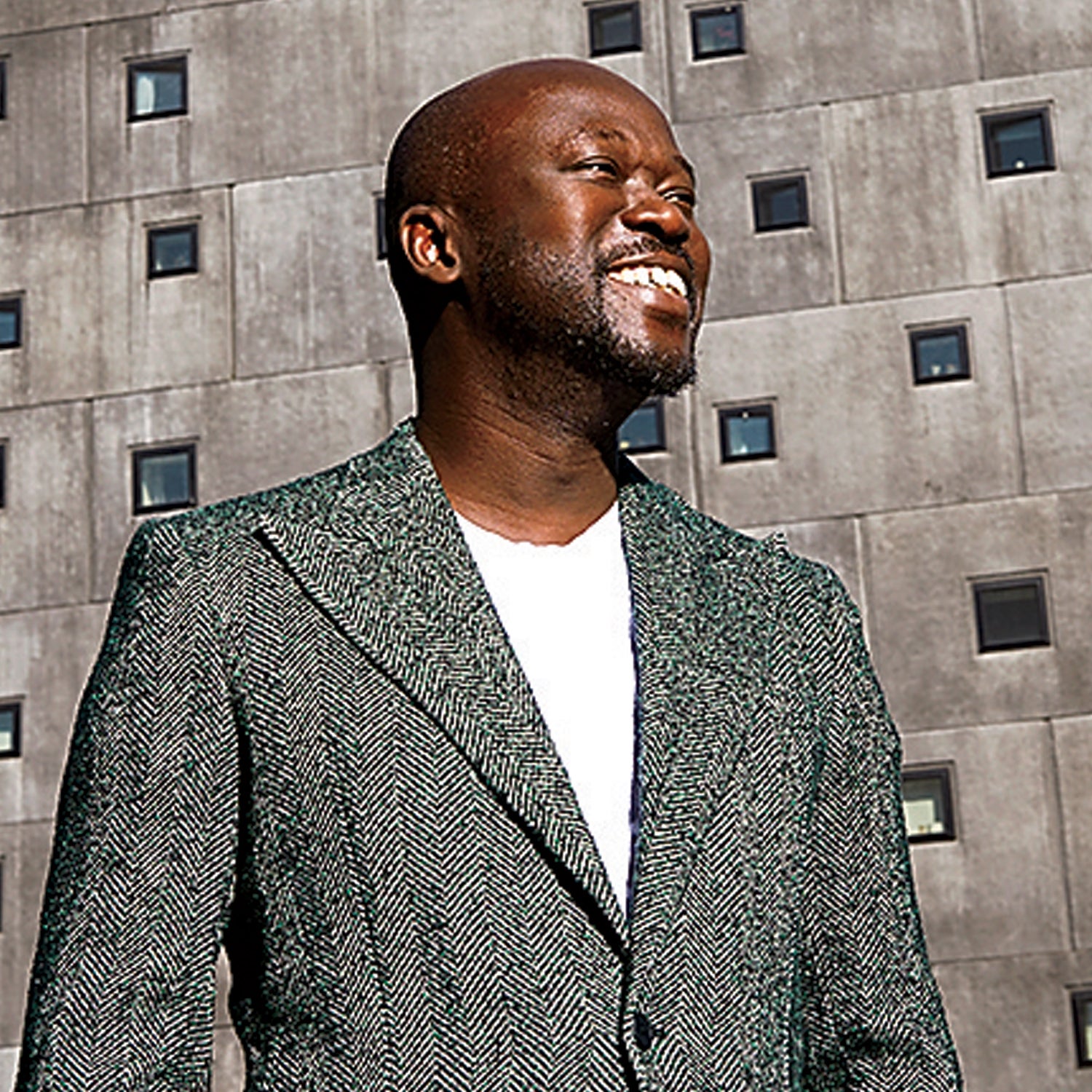We’re now living in what’s sometimes referred to as the sixth mass extinction—an era during which humans have contributed to the disappearance of nearly 1,000 species. There’s little sign that the crisis is slowing, so architect David Adjaye—best known for his work on the Nobel Peace Center in Oslo—created a towering reminder instead. “It’s a moment of sharp reflection on how we relate to nature,” says Adjaye. In 2011, he completed the design of the Mass Extinction Monitoring Observatory, to be built on the Isle of Portland, in southern England. During construction of the $40 million structure, sculptors will carve images of every known species that has vanished from the planet into the stones. Though the monument is tentatively slated to open in 2019, more blocks will be added as animals continue to go extinct. “The loss of biodiversity is a critical issue facing our world,” says Adjaye. “I’ve always believed that architecture is a tool to help us understand our relationship to our context.”

Long View
From the observatory at the top, visitors will be able to look out over an 18th-century stone quarry, ten acres of which will be restored to grassland to help support native species.
Death Spiral
As more species vanish, a team of sculptors will carve their images in stone, extending the structure upward.
Home Grown
The stones used in the memorial will be made from local Portland stone, which is filled with fossils.
Set in Stone
Sculptors from around the world will carve the images of extinct species
Source Material
The building’s design is inspired by the Portland Screw, a fossil of a snail that was once abundant on the island.
Sound the Alarm
Curators will ring the Bell of Biodiversity, in the center of the monument, each year on World Biodiversity Day, in May. They will also ring it to mark extinctions.


